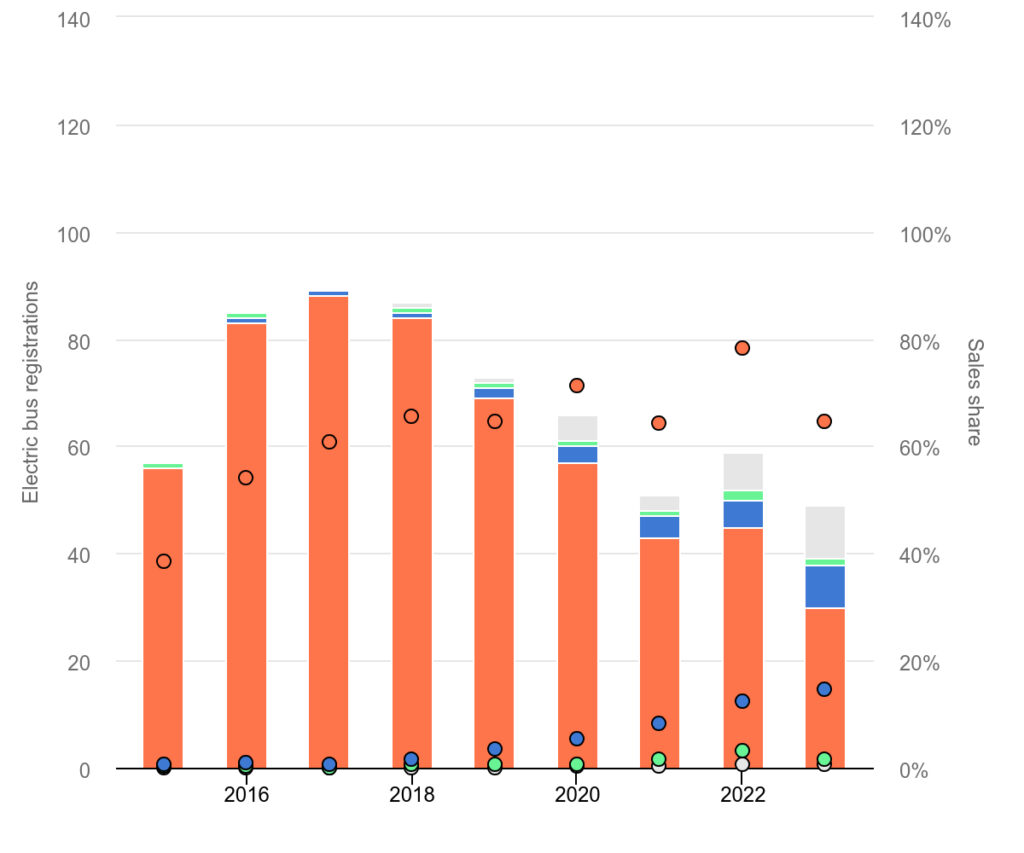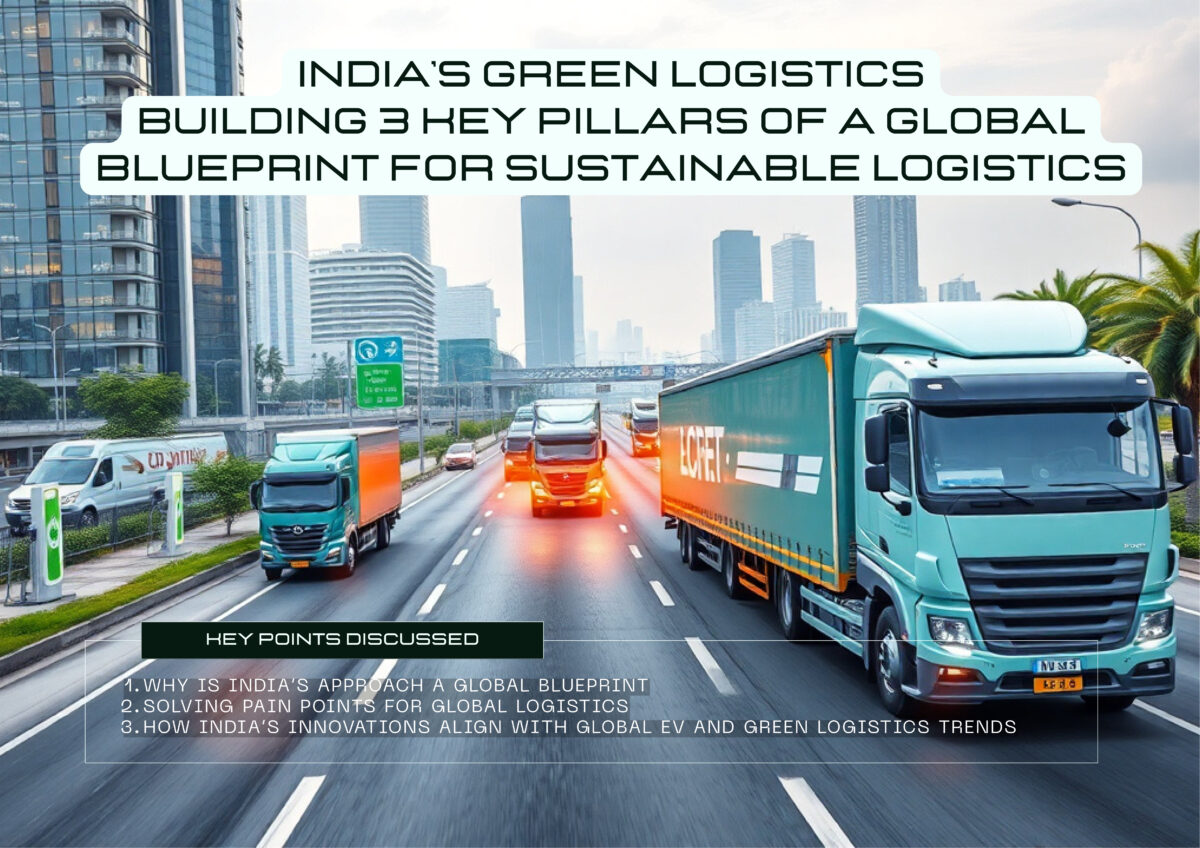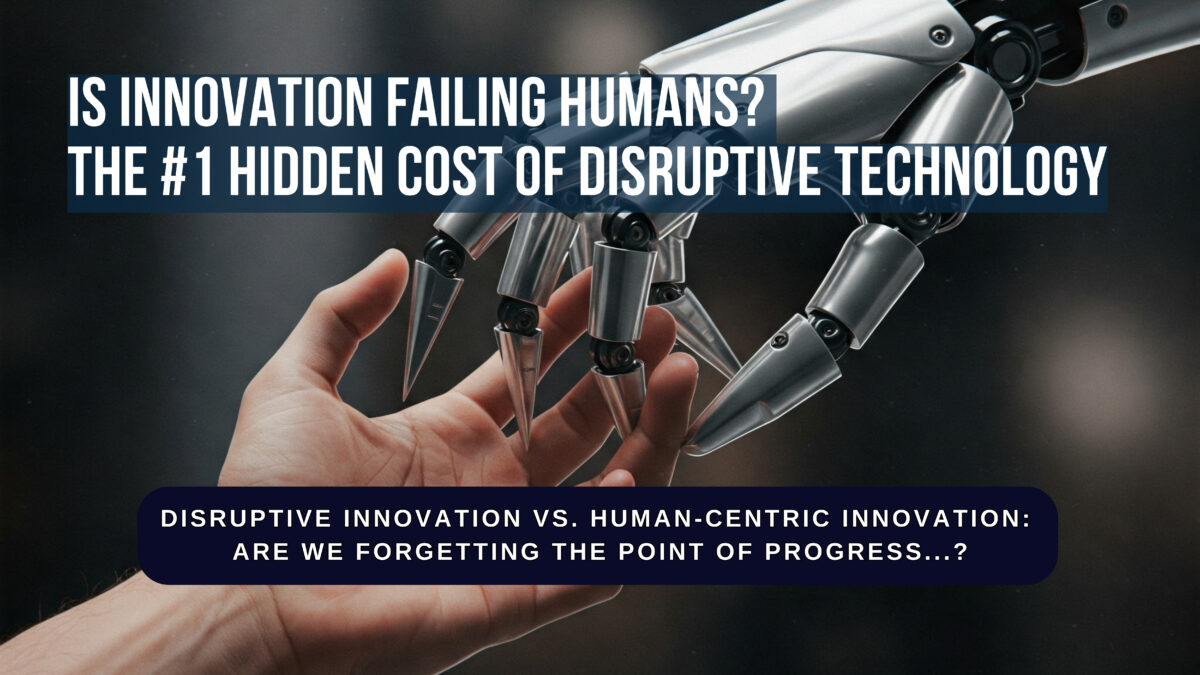As the world races toward achieving its climate goals, one country is quietly laying the foundation for the future of sustainable logistics. India, known for its resourceful approach to complex challenges, is carving out a unique path in green mobility—one that could serve as a global blueprint for the logistics and transportation sectors. From electric trucks and low-emission corridors to green logistics solutions, India’s green truck revolution is not just a response to local needs but a model for the world to follow.
In a time when sustainability is at the forefront of global business strategy, India’s initiatives in electric and low-emission logistics are set to shape the future. The question on everyone’s mind is: Can India’s approach solve some of the world’s most pressing pain points in green mobility and logistics? And more importantly, can this model be replicated globally?
Table of Contents
1. Why is India’s Approach a Global Blueprint?
India’s approach to green logistics stands out not only because of its innovation but also due to its scalability and affordability. Here’s why this can serve as a global blueprint:
A. Affordability and Accessibility
While Western nations like the US and European countries often lead the charge in high-end electric vehicle (EV) development, India is focusing on the affordability and scalability of its solutions. The Tata Ace EV, for example, is an electric mini-truck designed to address the critical last-mile delivery problem in a cost-effective way. The Tata Ace EV 1000 comes with a 1-tonne payload and a 161km range, making it perfect for urban and semi-urban deliveries, all while being affordable for businesses in developing economies.
This affordable, localized innovation is critical for countries where cost is a major factor in adopting green mobility solutions. India’s strategy is helping prove that it’s possible to lower the carbon footprint of logistics without breaking the bank—making this model highly relevant for other emerging economies in Africa, Southeast Asia, and Latin America.
B. The Focus on Multi-Layered Solutions
India’s focus on creating a multi-layered strategy sets it apart from many other countries trying to solve the green logistics puzzle. Rather than offering a one-size-fits-all solution, India is simultaneously tackling a variety of challenges by combining electric vehicles (EVs), alternative fuel options, and infrastructure development.

The Bengaluru-Chennai EV Corridor: This is a high-profile pilot project aimed at testing the viability of long-distance electric freight transport. By building an EV corridor with integrated charging stations and repair hubs, India is testing the scalability of EVs for long-haul freight—something many other nations have not yet tackled at this scale.
LNG-Powered Trucks by GreenLine Mobility: As India works to develop the infrastructure needed for a full-fledged EV rollout, it is not waiting for electric trucks to dominate the sector. GreenLine Mobility’s initiative to deploy LNG-powered trucks for clients like Hindustan Zinc and Sterlite Copper is providing a hybrid solution that is already reducing carbon emissions while the country builds out its electric vehicle infrastructure.
C. Government and Industry Synergy
What makes this green revolution even more impactful is the collaboration between the Indian government and private sector players like Tata Motors and GreenLine Mobility. In many regions of the world, government policy and industry innovation are not aligned, which can slow progress. However, in India, public-private partnerships are key to moving the needle forward in green logistics.
The government’s support for electric vehicle adoption through incentives, subsidies, and dedicated charging infrastructure is helping reduce the burden on businesses that wish to make the shift. This synergy between policy and innovation serves as a valuable lesson for other countries looking to push their own green mobility agendas.
2. Solving Pain Points for Global Logistics
Real-World Impact
Number of Electric Trucks Deployed in India (2023): As of recent reports, over 3,000 electric commercial vehicles have been deployed in India, with Tata Motors leading the charge. This could be included in a simple bar graph to show the increase in electric truck adoption over the years.
Carbon Emissions Saved by EVs: Tata Ace EV trucks are expected to save over 500,000 metric tons of CO2 emissions annually if adopted at a larger scale. This statistic could be represented visually with a pie chart or emissions comparison bar showing EV vs. diesel truck emissions.
Projected Market Growth (2025): The Indian electric vehicle market is projected to grow at 25-30% annually in the coming years. A line graph could show the growth in the EV market, comparing different vehicle types (e.g., electric trucks, buses, and passenger EVs).
India’s green logistics model is solving key pain points that have historically stymied the adoption of sustainable transport in other regions. These pain points include high costs, lack of infrastructure, and emission-heavy long-haul logistics. Here’s how India is tackling these problems:
A. High Cost of Transition
One of the biggest challenges faced by logistics companies worldwide is the high cost of transitioning to sustainable solutions. Traditional electric trucks are expensive, and the return on investment (ROI) is often not immediate, particularly for smaller businesses.
India’s green truck revolution is addressing this issue by introducing low-cost alternatives. The Tata Ace EV, for instance, is designed specifically for small businesses that need an affordable solution to reduce their carbon footprint while staying competitive. Its low initial cost and minimal operational expenses make it an attractive alternative to diesel-powered vehicles.
Furthermore, by focusing on last-mile delivery, a crucial segment of logistics, India is showing that affordable green solutions can make an immediate impact, especially in urban and semi-urban areas.
B. Lack of Charging Infrastructure
A major roadblock to the adoption of electric vehicles (EVs) globally is the lack of sufficient charging infrastructure, particularly for long-haul freight. Countries with limited EV charging networks struggle to make the transition to electric trucks feasible.
India’s pilot project along the Bengaluru-Chennai EV corridor is addressing this pain point head-on by building out the necessary infrastructure for long-distance electric freight. The project is setting the groundwork for how EV charging networks can be integrated into freight corridors and support long-haul logistics.
India’s emphasis on developing robust charging stations and repair hubs along key transportation corridors is a model that could easily be replicated in other countries seeking to accelerate their EV adoption.
C. Emissions from Long-Haul Logistics
In many parts of the world, particularly in developing economies, transitioning to electric vehicles for long-haul freight is not immediately practical. However, the logistics sector is responsible for a significant percentage of global CO2 emissions.
India is solving this problem with LNG-powered trucks from GreenLine Mobility. While the world waits for EV technology to mature, these LNG trucks are already providing immediate reductions in emissions, offering a hybrid solution that companies can adopt now.
The introduction of LNG-powered trucks fills the gap for countries where full electric truck adoption may take longer to achieve. This makes it an ideal bridge solution for global markets aiming to reduce emissions while EVs become more viable.
Tata Motors: Ace EV Success
Case Study:
- Client: Small businesses in urban and semi-urban India.
- Benefit: Tata Motors’ Ace EV has been a breakthrough product in the last-mile delivery sector. It’s tailored to small businesses that require affordable yet environmentally friendly transport options. One of the most successful implementations has been in the food delivery and e-commerce sectors, where logistics companies have reduced operational costs by switching to electric mini-trucks.
- Operational Cost Reduction: On average, electric vehicles like the Ace EV can reduce fuel costs by up to 40-50% annually. This savings is significant for small businesses that rely on frequent deliveries.
GreenLine Mobility: LNG-Powered Trucks
Case Study:
- Client: Hindustan Zinc and Sterlite Copper (India).
- Benefit: GreenLine Mobility’s LNG-powered trucks have been deployed to reduce carbon emissions. Hindustan Zinc and Sterlite Copper, two major mining and metals companies, have incorporated LNG trucks into their fleet to meet sustainability goals and reduce fuel consumption.
- Environmental Impact: By switching to LNG, the companies have been able to reduce their carbon emissions by 15-20%. These trucks are especially effective in India, where the distance between key mining sites can be long, making it crucial to reduce the environmental impact of freight transport.
3. How India’s Innovations Align with Global EV and Green Logistics Trends
India’s green truck revolution is happening at a time when global industries are under increasing pressure to meet sustainability targets. This approach aligns seamlessly with several key global trends:
A. The Global Push for EVs and Green Mobility
Countries around the world are making significant strides in electric vehicle adoption, driven by national emission reduction goals and global frameworks like the Paris Agreement. However, many of these efforts have focused on personal mobility and premium vehicles, leaving the commercial transport sector largely untouched.
India’s green truck revolution focuses squarely on commercial EVs, a crucial sector for reducing overall emissions. The Tata Ace EV and long-haul electric corridors are pioneering the transition to green logistics, and their success could serve as a model for the global logistics industry.
B. Sustainable Logistics Solutions for Emerging Economies
Emerging economies are especially vulnerable to the consequences of climate change, and many lack the infrastructure to adopt high-end green technologies. India’s focus on affordable, scalable solutions like Tata Ace EV and LNG-powered trucks offers a blueprint for developing nations to transition to green logistics while accommodating budget constraints and infrastructure limitations.
The fact that India is tackling sustainability from an economic and practical standpoint means that it can serve as a global leader in green logistics, with its model being easily adaptable by other nations in similar economic contexts.
Tata Motors Representative: “With the launch of the Tata Ace EV, we are not just providing an electric solution; we are empowering small businesses to make the transition to green logistics cost-effectively. We believe that this will be a key milestone in India’s sustainability journey.”
GreenLine Mobility Executive: “By adopting LNG-powered trucks, we are helping large logistics operators to reduce their carbon footprint in the short term while supporting the transition to electric vehicles in the future.”
Logistics Expert (Industry Analysis): “India’s multi-layered approach to green logistics—combining electric vehicles with LNG-powered trucks and government support—is setting a global precedent. Other nations with similar logistical challenges can learn from these innovations.”

IEA (2024), Electric bus registrations and sales share by region, 2015-2023, IEA, Paris, https://www.iea.org/data-and-statistics/charts/electric-bus-registrations-and-sales-share-by-region-2015-2023, Licence: CC BY 4.0
Conclusion: A Roadmap for the World
India’s green truck revolution is not just an isolated initiative but a global blueprint for the future of logistics. By focusing on affordable electric trucks, hybrid LNG solutions, and integrated infrastructure, India is quietly shaping a future where sustainable logistics are within reach for everyone.
Global Leadership in Green Mobility: With the successful deployment of electric trucks and green corridors, India could become a global leader in green logistics by offering affordable, scalable solutions that can be replicated worldwide.
Technology Integration and Smart Logistics: In the future, India’s green trucks may be paired with AI-based route optimization and smart fleet management systems, leading to more efficient, carbon-neutral logistics operations worldwide.
Global Emissions Reduction Targets: As countries and companies globally strive to meet net-zero emissions targets, India’s low-cost, scalable green logistics solutions could become the go-to model for freight operators everywhere. India’s leadership in green transport could result in new international standards and policies that prioritize sustainable logistics practices.
As the world looks for practical, scalable solutions to its climate and transport challenges, India’s model offers a roadmap that can be replicated globally—making it clear that green mobility is not just for the wealthy but for everyone, everywhere.
💡 Stay ahead of the future! Follow us on:
Facebook | LinkedIn





